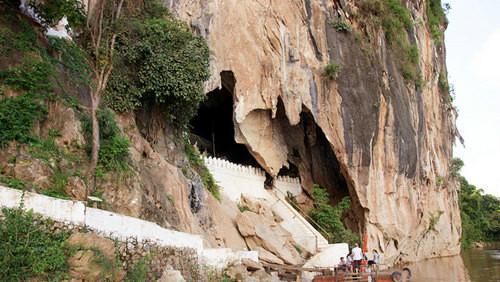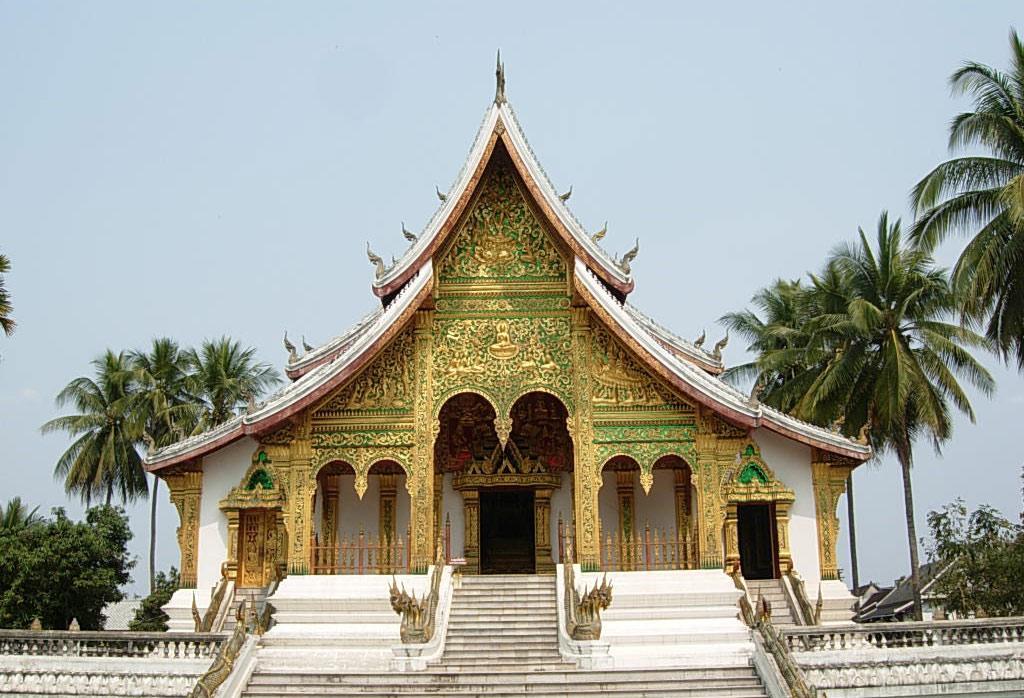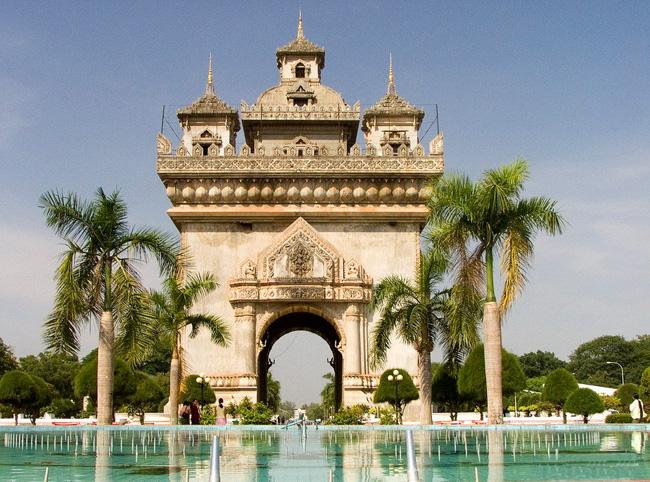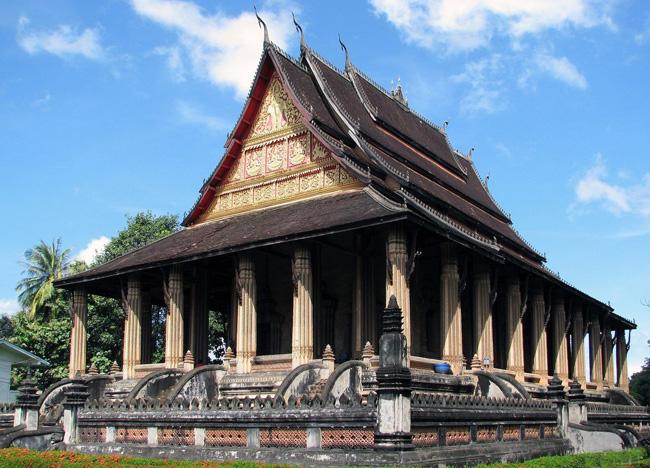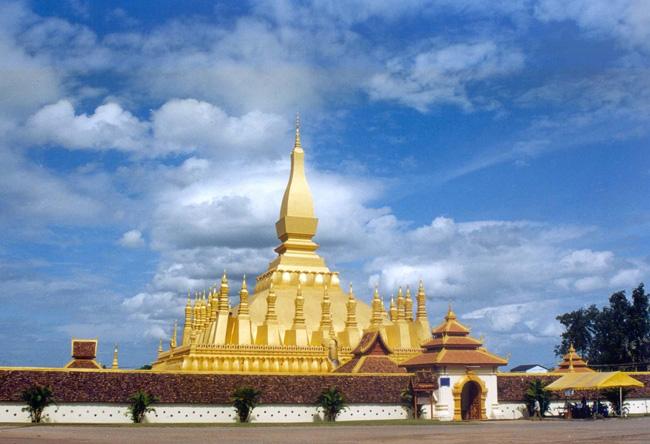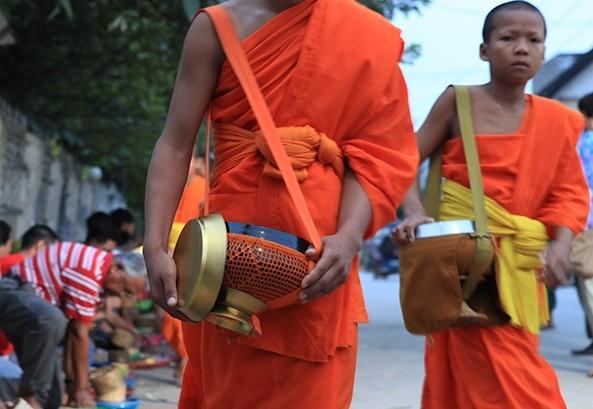Jump to a destination
Why Choose Us
- Prompt reply within 0.5-23.5 hours
- One on one free consult service
- Reasonable price with high quality service
- Knowing well of Indochina
- Professional travel
- More than 18 years tour operate experience
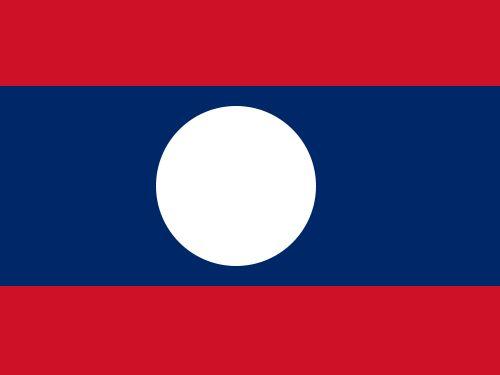
Laos
Travel GuideGeneral Information of Laos
Full Name in English: The Lao People's Democratic Republic (Lao PDR)
Foundation Day: December 2nd, 1975
Capital City:Vientiane
Total Area: 23,680 square kilometers
Administrative Demarcations: 16 provinces and 1 municipality
Population: Around 6.5 million (in 2012)
Number of Ethnic Groups: 49
Major Religion: Buddhism
Official Language: Lao
Currency: Lao Kip (Paper notes Freq. Used: LAK 500; 1,000; 2,000; 5,000; 10,000; 20,000; 50,000; 100,000)
Internet Domain: .la
International Dialing Code: +856
Time Zone - Standard Time Zone: UTC/GMT +7 hours
Location
Laos is the only land-locked country in mainland South-East Asia, bordered by Burma and China to the northwest, Vietnam to the east, Cambodia to the south, and Thailand to the west. The country’s unusual position helps explain the country’s vast ethnic diversity. Its landscape is thickly forested due to Laos’ tropical climate, and much of the country consists of rugged mountains. The Mekong River, almost half the length of which flows through Laos, forms most of the border withThailand.
History
Laos traces its history to the kingdom of Lan Xang, which existed from the 14th to the 18th century when it split into three separate kingdoms. In 1893, it became a French protectorate, with the three kingdoms, Luang Phrabang, Vientiane and Champasak, uniting to form what is now known as Laos. It briefly gained independence in 1945 after Japanese occupation, but returned to French rule until it was granted autonomy in 1949. Laos became independent in 1953, with a constitutional monarchy under Sisavang Vong. Shortly after independence, a long civil war ended the monarchy, when the Communist Pathet Lao movement came to power in 1975.
Politics
The Lao PDR is also a country with single-party socialist republic framework led by the Lao People's Revolutionary Party (LPRP). The eleven-member Politburo of the LPRP, drawn from its Central Committee, is the key decision-making body. A National Assembly, which is elected by the people from a list of candidates approved by the Party, meets twice a year and is responsible for scrutinizing proposed legislation. The National Assembly convened in 2011 re-elected Mr. Choummaly Sayasone for a second five-year term as President, with Vice President, Prime Minister, Deputy Prime Ministers and President of the National Assembly all re-elected.
Economy
The disruption during the civil-war period and the economic policies of the early years adopted by the country resulted in economic stagnation inLaos. It is classified as a Least Developed Country (LDC) and relies heavily on donor assistance. By 1980, however, the government had begun to pursue more pragmatic development policies, and in 1986 it introduced market-oriented reforms.Laosis increasingly open to international trade nowadays, and its becoming a full member of the WTO in 2012 is a solid indicator of the nation’s growing engagement in the global economy. Real GDP growth of the country has averaged more than 7.5 per cent since 2004; the IMF forecasted the economic growth ofLaoswould be 8.1 per cent in 2013. Though dawn of continuous development inLaoscould be seen, there is still a long way for the country to achieve its goal of eliminating underdeveloped status and laying solid foundation for keeping on towards socialism by 2020.
Culture
There are at least 49 ethnic groups in Laos and each of them preserves their own dialect, customs, culture and tradition. However, because over half the population is ethnic Lao thus it is the most dominant group and the one that most people encounter as the Lao culture. The rich culture of Laos is rooted in immense spirituality, as the predominant religion Theravada Buddhism has deep influences over the country extending from lifestyle to art and architecture.
The Lao people greet each other with a prayer-like gesture called a nop, and the western custom of shaking hands has become more common in recent years. Backslapping, public displays of affection, shouting, and wild gesticulation are all considered impolite. Head is considered the highest part of the body, while the feet are considered the lowest in Laos, therefore, touching someone’s head or pointing at people or things with feet are considered extremely rude. As with entering temples, shoes should be removed before entering somebody’s home.
Important Holidays
Army Day: January 20
Day of the People's Party: March 22
Lao New Year (Pi Mai): Generally starts on April 13 and lasts for three days
Independence Day: October 12
National Day: December 2
Top Attractions
- Natural Attractions (rivers, lakes, mountains, hills)
- Historical Relics (ruins, ancient city & town, tombs)
- Museums
- Architecture (pagodas, temples, bridges, local residents)
- Beaches
- Markets
- Villages
-
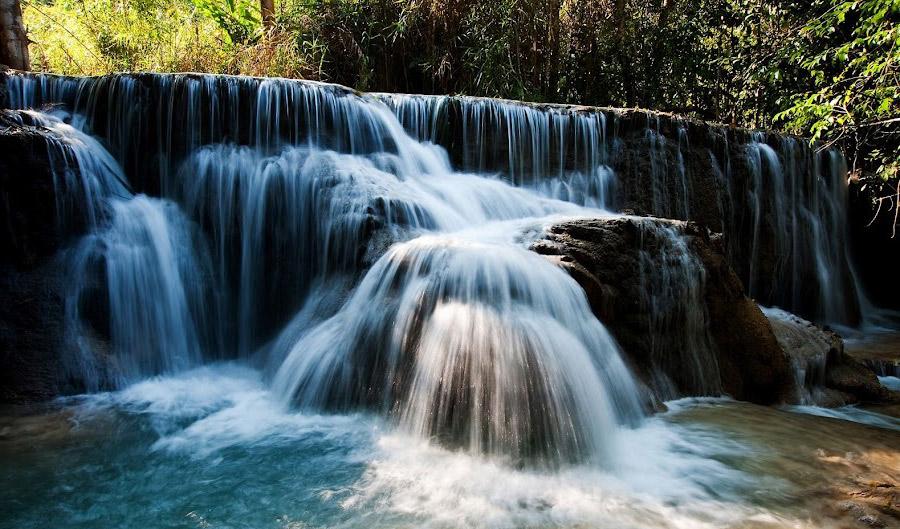
Tat Kuang Si Falls
Luang PrabangAdmission: 10 000kip. Opening time: 08:0...
Best Sales
-
10 Days Glimpse of Vietnam & Laos Tour
Tour Code: ITA-VN-LA-002
Tour Duration: 10 Days
Destination: Hanoi, Halong, Ho Chi Minh, Luang Prabang
Custom Tailoring: Design your own tour with our help to meet your unique interests. You don't have to compromise. Do exactly what you want to do! Let us assist you to tailor-make your own Indochina experience.
©2006–2024 Indochina Travel Advisor contact@visitourchina.com
ASTA ID: #900181875 PATA ID: 593132 License No.: L-GX-GJ00027
Indochina Travel Advisor - We are a professional Indochina tour operator which provides high-quality tours at affordable prices.
![]()
![]()


![]()











